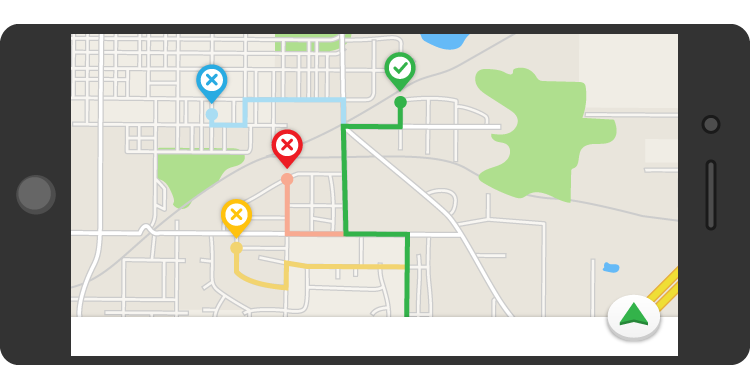Last month, our family decided to take a trip to New York City for a three-day visit. Needless to say, we did not have all the time needed to explore everything the city had to offer, so we had to be strategic in planning our time. As we embarked on our journey and since this destination was a first for us, we entered New York City in the GPS, and off we went for the weekend.
I remember my first feeling of anxiety not knowing if this final destination would lead us to the heart of New York City in a timely manner. We enjoyed the first two hours of our trip since it was mostly highway, but things started to get really complicated as we got closer and closer to the city. Let’s just say the GPS was not giving us any constructive feedback since we had not entered a precise address. Of course we tried our best at navigating through the city to find a hotel, but ultimately what was to be a four-hour drive turned into an eight-and-a-half-hour excruciating trip through the streets of downtown New York. By the time we got to our room, I was exhausted and frustrated since we had lost all this time and could not enjoy the city on that first day.
As I reflect on that experience, I can’t help making connections with what teachers do every day when they embark on a learning journey in their classroom. In a PLC, teams sit down together and try to answer the four basic questions in order to improve student learning:
- What is it we expect our students to learn?
- How will we know when they have learned it?
- How will we respond when some students do not learn?
- How will we respond when some students already know it?
In my experience I have often taken for granted that the first question was the easiest to answer, since we have a prescribed curriculum in which we pick and choose what we want to teach and ultimately what we want students to learn. Here is where it gets complicated. If each teacher is picking and choosing on their own, determining their own personal destination, then we end up with as many destinations as there are teachers in the school. The problem is we are all sitting in the same car (school) wanting to get to different destinations. So what do we enter in the GPS?
As we grapple with expectations of integrating new curriculum, 21st century skills, and transforming the learning experiences of students, it becomes clear that teachers will have to be more and more vigilant in determining what we want students to know, understand, do, and communicate (KUDOCO). The only viable and guaranteed curriculum will be the one determined by a team of teachers who are committed to answering that first question.
Educators often stop at “What is it we expect our students to learn?” The challenge of embedding 21st century skills in the learning process is to go deeper in determining what we want students to understand, do, and communicate. These are the new destinations, which in some circumstances are uncharted territories. Teachers have a challenge of entering these destinations in the GPS so that all learners can embark on a journey of learning where beacons can be placed along the way to assure safe travel.
[author_bio id=”118″]






